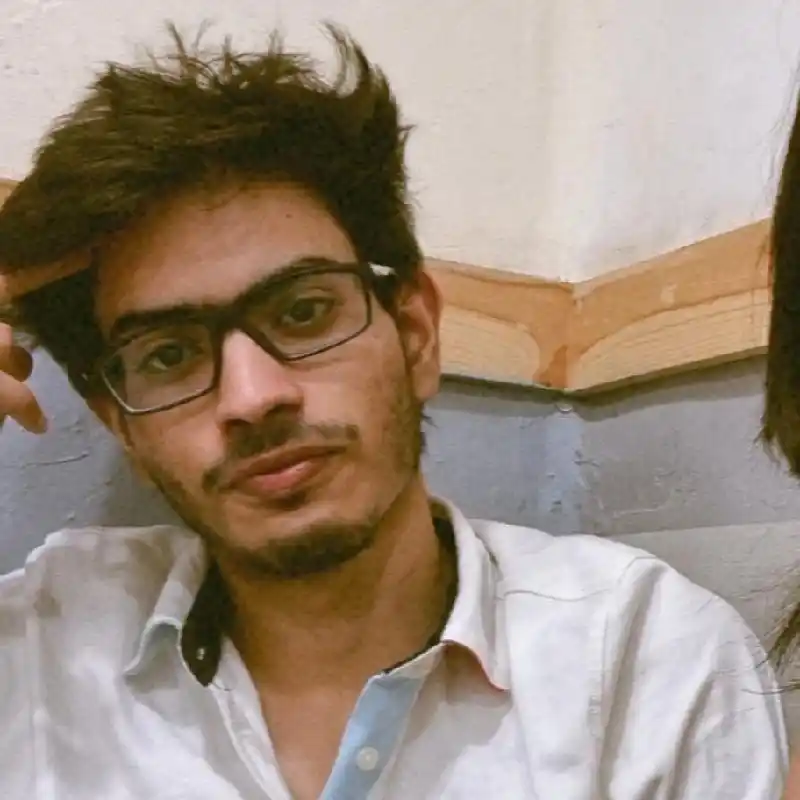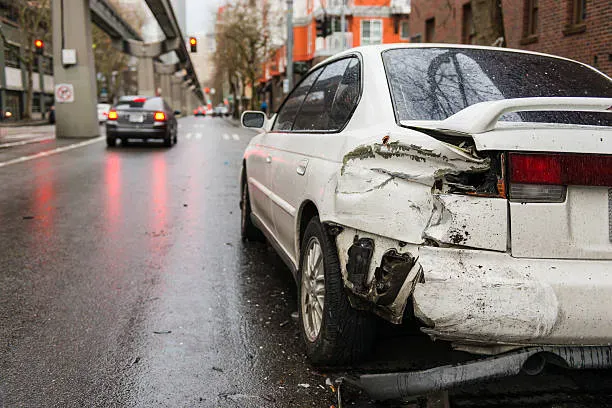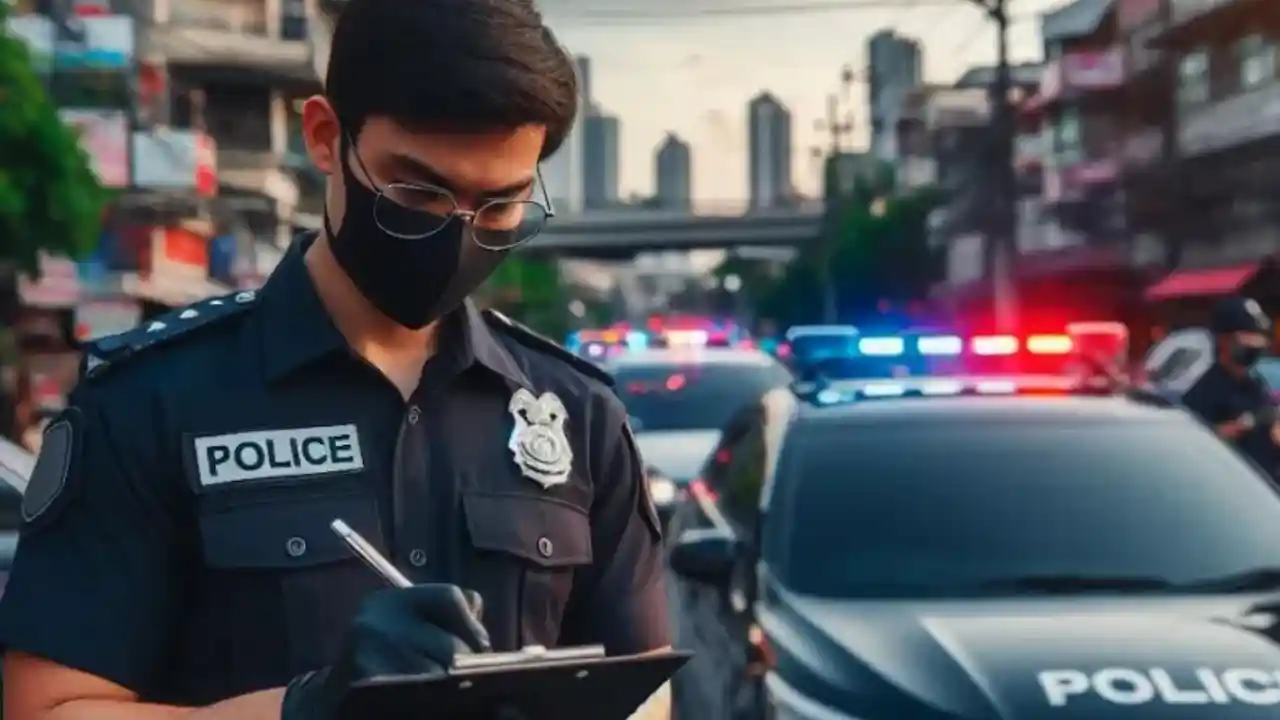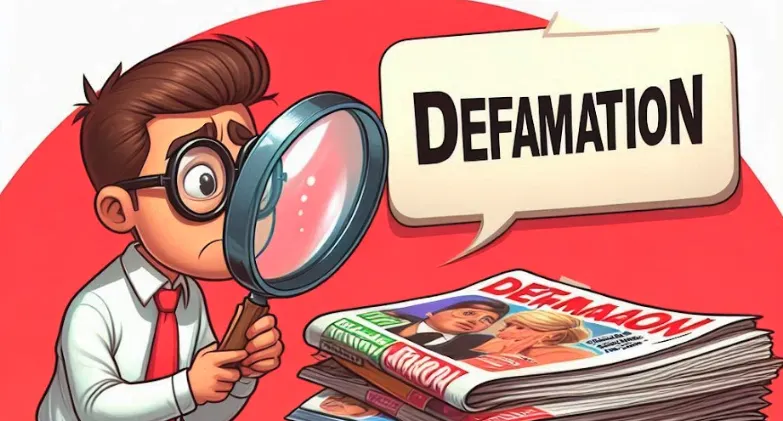SECTION 144 of Code of Criminal Procedure (CrPC)
Section 144 of Code of Criminal Procedure (CrPC) is a legal provision in India that empowers certain authorities to issue orders in urgent cases of nuisance or apprehended danger.
advertisement
It allows a District Magistrate, Sub-divisional Magistrate (Magistrate at district level), or any other Executive Magistrate specially empowered by the state government to issue an order in situations where there is an immediate need to prevent potential danger or nuisance.
The primary purpose of this section is to maintain public peace and order. It is used to prevent disturbances, riots, or any form of danger to human life, health, or safety.
The Magistrate can issue orders restricting certain activities, such as:
- Prohibiting the assembly of four or more people (often called "unlawful assembly").
- Restricting the movement of individuals.
- Stopping public gatherings, processions, or any kind of public demonstrations.
- Regulating the use of public spaces or facilities.
Duration: Such orders are typically temporary and can be issued for a maximum period of two months. However, they can be extended with the approval of the state government if the situation requires it.
Reason for Imposition: The order must state the reasons and the specific situation under which such imposition is required. The Magistrate must believe that the immediate prevention or speedy remedy is necessary.
The orders under Section 144 can be challenged in higher courts if individuals or groups believe that their rights have been unfairly restricted.
HISTORICAL CONTEXT AND PURPOSE OF SUCH RULE
advertisement
How Section 144 came into existence:
- British Rule: Section 144 was first introduced during British rule in India as part of the Criminal Procedure Code of 1898. The British authorities used this law to control public gatherings and suppress any activities that might threaten their control over India. It was a tool to prevent protests, demonstrations, or any gathering that could potentially lead to unrest.
- Post-Independence: After India gained independence in 1947, the CrPC was revised, and the new version came into effect in 1973. Section 144 was retained because it was still seen as necessary for maintaining public order.
Purpose of Retaining Section 144:
- Preventive Measure: The main purpose of Section 144 is to act as a preventive measure. It allows authorities to quickly respond to situations where they anticipate danger, disturbance, or harm to people or property.
- Maintaining Peace and Order: The law helps prevent riots, protests, or any large gatherings that could lead to chaos or violence. It ensures that public places remain peaceful and safe.
- Emergency Situations: Section 144 can be invoked in emergencies, like during communal tensions, political protests, or health crises (e.g., pandemics), to prevent situations from escalating.
- Temporary Restrictions: The orders issued under Section 144 are temporary, usually lasting up to two months, and can be extended if needed. They typically restrict the assembly of people, carrying of weapons, or other specific actions.
In simple terms, Section 144 CrPC was originally a colonial-era law used to control public activities, and it continues to be used in independent India to maintain public safety and prevent disturbances.
advertisement
TERMS AND CONDITIONS FOR IMPOSING SECTION 144
Section 144 of the Code of Criminal Procedure, 1973 outlines specific terms and conditions that authorities must follow when imposing it in an area.
1. Authority to Issue Orders:
-
In simple terms, the authority to give orders under Section 144 lies with the District Magistrate, the Sub-divisional Magistrate, or any other government-authorized Executive Magistrate.
-
A District Magistrate (DM) is the top administrative officer in a district responsible for maintaining law and order, overseeing government policies, and handling various administrative tasks.
-
A Sub-divisional Magistrate (SDM) works under the DM in a specific part of the district, assisting with similar duties on a smaller scale. An Executive Magistrate has specific administrative and law enforcement roles, working under the DM and SDM, and can also issue orders like Section 144 to maintain peace.
2. Circumstances for Imposition:
Section 144 can be imposed when the Magistrate believes that there is a threat to human life, health, safety, or property, and therefore, there is a need to maintain public order and peace.
advertisement
3. Scope of Orders:
Orders under Section 144 can restrict activities such as:
- Prohibiting the assembly of four or more people in an area (unlawful assembly).
- Restricting movement in certain areas.
- Banning public gatherings, rallies, or demonstrations.
- Prohibiting carrying weapons or dangerous items.
4. Nature of Orders:
The orders must be written, clearly stating the reasons for imposing the restrictions and specifying the activities being restricted.
5. Duration:
- Initially, the order lasts about two months. But, if the situation demands it, the state government can stretch it to a maximum of six months.
- The use of Section 144 should be reasonable and justifiable. The Magistrate must believe that the immediate prevention or remedy is necessary to avoid harm or disturbance.
advertisement
6. Communication of Orders:
The orders must be communicated clearly to the public and the concerned individuals or groups. The notification should specify the area in which the order is imposed along with the duration of such imposition.
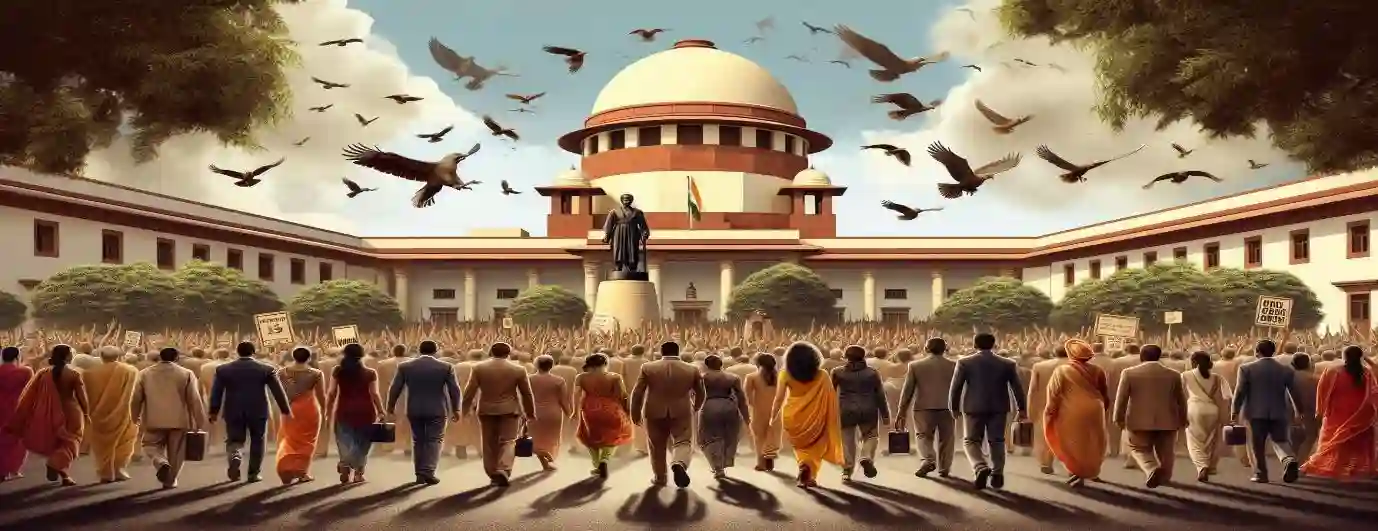
RIGHTS OF THE CITIZENS AND LEGAL REMEDIES AVAILABLE
Citizens have certain rights and legal remedies if they feel that an order issued under Section 144 of the CrPC unjustly affects them. Legal remedies include approaching courts for judicial review, filing complaints, and seeking compensation for any harm caused. These measures ensure that the use of Section 144 is fair and balanced.
Rights of Citizens Guaranteed by the Constitution of India:
- Fundamental Rights: Every citizen in India has essential rights protected by our constitution, like the freedom to speak your mind and hang out with your friends peacefully and the right to move freely Fundamental Rights under Constitution of India. Orders under Section 144 should not violate these rights without sufficient cause.
- Right to Information: Citizens have the right to know the reasons for the imposition of Section 144 and the specific restrictions being placed. Authorities must clearly communicate the reasons and the scope of the order. General Queries on Right to Information
advertisement
Legal Remedies Available Against Section 144:
- Legal Challenge: If a citizen believes that the Section 144 order is unjust, excessive, or violates their fundamental rights, they can challenge it in a court of law. This is often done through a writ petition (A legal remedy which request the court of law to issue certain directions/orders) in the High Court or the Supreme Court, particularly under Article 226 and Article 32 of Constitution
- Seeking Judicial Review: The courts can review the validity of the order to ensure that it is reasonable, justified, and issued for legitimate purposes. If the court finds the order to be arbitrary or without proper basis, it can declare it void or modify it.
- Right to Compensation: In some cases, if it is proven that the Section 144 order caused undue harm or loss due to wrongful imposition, citizens can seek compensation from the authorities.
- Filing Complaints: Citizens can also file complaints with higher authorities or human rights commissions (National Human Rights Commission) if they believe that their rights have been infringed upon by the improper use of Section 144.
ROLE OF ENFORCEMENT AGENCIES
Enforcement agencies play a crucial role in the implementation and enforcement of orders issued under Section 144 of the Criminal Procedure Code (CrPC).
Key Highlights:
- Implementing Orders: Once a Section 144 order is issued by a magistrate, enforcement agencies, primarily the police, are responsible for implementing the restrictions specified in the order. This includes ensuring that no unlawful assemblies, protests, or activities prohibited under the order take place.
- Maintaining Public Order: The police are tasked with maintaining public peace and order. Under Section 144, they may set up checkpoints, patrol affected areas, and monitor public spaces to prevent violations of the order.
- Ensuring Compliance: Enforcement agencies ensure that individuals and groups comply with the restrictions imposed. This might involve dispersing crowds, stopping public gatherings, or preventing the movement of people in restricted areas.
- Enforcement Actions: If people or groups do not comply with the Section 144 order, the police can take appropriate enforcement actions, such as issuing warnings, making arrests, or using force, if necessary, to disperse unlawful assemblies.
- Communication: The police and other enforcement agencies often communicate the details of the Section 144 order to the public, explaining what is restricted and why. This helps in reducing confusion and ensuring public cooperation.
- Coordination with Other Agencies: Enforcement agencies may also coordinate with other government departments, such as health or disaster management agencies, especially if the Section 144 order relates to situations like health crises or natural disasters.
advertisement
DIFFERENCE BETWEEN SECTION 144 AND CURFEW
Section 144 of the Criminal Procedure Code (CrPC) and a curfew are both measures used to maintain public order and safety, but they differ significantly in scope, implementation, and impact.
| Category | Section 144, CrPC | Curfew |
|---|---|---|
| Scope and Purpose | Section 144 is a legal provision that allows authorities to issue orders to prevent public disorder, danger, or nuisance. It is often used to prohibit the assembly of four or more people in a specific area, making such gatherings illegal (unlawful assembly). | A curfew is a much stricter measure that involves a complete restriction on the movement of people in a designated area for a specified period. It is usually imposed in situations of extreme emergency, such as during riots, severe civil unrest, or major security threats, where authorities need to exert tight control to restore order. |
| Restrictions | The restrictions under Section 144 can vary. They may include bans on public gatherings, processions, carrying weapons, or other activities deemed dangerous. The focus is on preventing potential threats rather than enforcing complete control over movement and activities. | During a curfew, people are required to stay indoors, and all public movement is prohibited except for essential services or emergencies. Businesses, shops, and other establishments are generally closed, and public and private transport is halted. |
| Duration | Orders under Section 144 are typically temporary, lasting up to two months, and can be extended for a maximum of six months if necessary. | A curfew can last for a few hours to several days, depending on the severity of the situation and the judgment of the authorities. |
| General Impact | Section 144 affects specific actions and activities but generally allows normal life to continue. People can still move around, conduct business, and access services, provided they do not engage in prohibited activities. | A curfew has a significant impact on daily life, as it restricts all forms of public activity. People are generally required to stay at home, and only essential services are operational. |
| Enforcement | The enforcement involves police and other law enforcement agencies monitoring and ensuring compliance. Violations can result in arrests or legal action. | Curfews are enforced more strictly than Section 144 orders. Law enforcement agencies, including the police and sometimes military forces, patrol the streets and may set up checkpoints. Violating a curfew can lead to more severe consequences, including arrests, fines, or use of force. |
advertisement
RECENT CASE STUDIES ON SECTION 144 CrPC
1. Jammu and Kashmir (2021 and 2022):
Section 144 was imposed in Jammu & Kashmir, particularly in Srinagar, during sensitive dates such as the anniversaries of Maqbool Bhat (A Kashmiri Separatist Leader) and Afzal Guru (A Kashmiri Islamist Militant). The authorities also implemented internet shutdowns to prevent public gatherings and maintain peace due to the potential for unrest during these periods.
2. COVID-19 Pandemic (2020):
During the early stages of the COVID-19 outbreak, Section 144 was widely invoked across India, including in major cities like Mumbai. The restrictions aimed to prevent large gatherings and limit the spread of the virus. This measure played a crucial role in controlling public movement during the pandemic.
3. Uttarakhand (2022):
In Uttarakhand's Haridwar district, Section 144 was enforced around Roorkee because of a controversial religious event. The Supreme Court had instructed the state government to ensure no "unacceptable statements" were made, highlighting the use of Section 144 to prevent communal tensions. Section 144 imposed in Roorkee, Uttarakhand
advertisement
4. New Delhi (2021):
A report highlighted that Section 144 was imposed over 6,100 times in Delhi alone during 2021. Notably, the section was used not only for public safety and order but also for mundane administrative purposes, such as regulating the sale of certain items and installing CCTVs. Section 144 in Delhi
5. Manipur (2023):
In Manipur, things got crazy in eight districts when a major clash broke out between the tribals and the Meiteis, the main group there. The violence got so bad that the state had to issue a "shoot-at-sight" order to try and stop it. Over 9,000 people had to leave their homes because of all the fighting. Section 144 in Manipur
FREQUENTLY ASKED QUESTIONS (FAQs)
1. When is Section 144 imposed?
It is imposed in situations where there is a likelihood of disturbance, danger, or public unrest. This can include riots, protests, public health emergencies, or any situation where public peace might be threatened.
2. Who can impose Section 144?
A District Magistrate, Sub-divisional Magistrate, or any other Executive Magistrate specially empowered by the state government can impose Section 144.
3. Does Section 144 mean a curfew?
No, Section 144 is different from a curfew. While both restrict public movement, Section 144 specifically bans gatherings, whereas a curfew completely restricts people from leaving their homes.
advertisement
4. Is Section 144 applied to the entire country?
No, Section 144 is usually imposed in specific areas or districts where there is a need to prevent disturbances or maintain public order.
REFERENCES
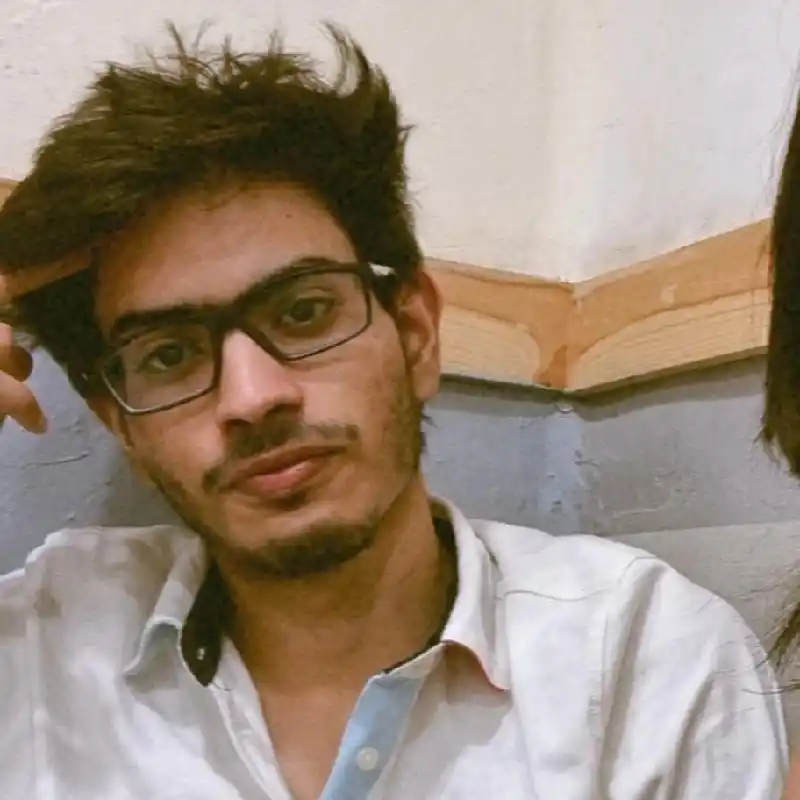
Written by Shubhankar Krishnan
A Delhi University graduate and a 1st Year Law Student, gaining experiences in areas under General Corporate, litigation and Intellectual Property Rights.
advertisement
Further Reading
advertisement
